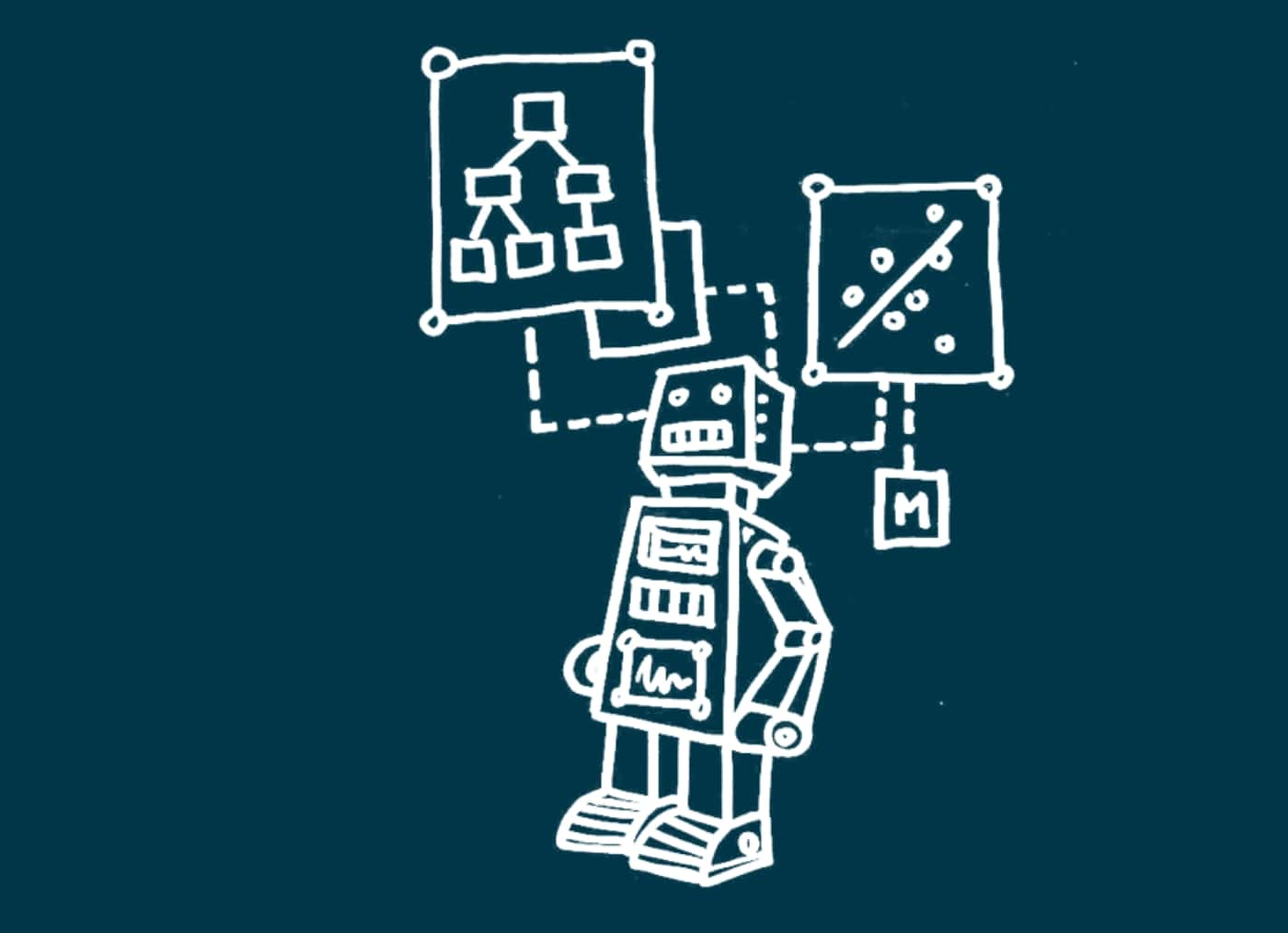Summary : Programming paradigms in Python offer diverse approaches to software development, enhancing flexibility and efficiency. Key paradigms include procedural programming, which focuses on functions; object-oriented programming, emphasizing classes and objects; and functional programming, which treats computation as the evaluation of mathematical functions. Understanding these paradigms enables developers to choose the best approach for their projects.
Introduction
Programming languages like Python are pivotal. From software development, to application development, programming language expertise is important. Programming paradigms in Python play a crucial role in defining the style and approach to writing code. They provide a set of guidelines and methodologies for designing and structuring programs.
Python is a versatile and widely-used programming language, supports multiple programming paradigms, each with its own unique characteristics and advantages. In this blog, we will explore various types of programming paradigms in Python that every programmer should be familiar with.
Before we delve into the different programming paradigms in Python, here are the key takeaways:
- Programming paradigms dictate the style and structure of code.
- Python supports multiple programming paradigms, allowing flexibility in coding.
- Understanding various paradigms enhances problem-solving skills.
- Different paradigms have their own strengths and weaknesses.
- Combining paradigms can lead to more efficient and maintainable code.
Programming Paradigm in Python Meaning
A programming paradigm is a fundamental style or approach to writing code. It encompasses a set of principles, concepts, and methodologies that guide how a programmer designs, organizes, and implements code.
Different paradigms emphasize distinct aspects of programming, such as data organization, control flow, and modularity. Each paradigm has its own key features that define its scope and application.
Key features of programming paradigms include:
- Data Structure: How data is organized, stored, and manipulated.
- Control Flow: How instructions are executed and decisions are made.
- Modularity: How code is organized into reusable and maintainable modules.
- Abstraction: The level of detail and complexity exposed to the programmer.
- Inheritance and Composition: How code can be reused and extended.
Types of Programming Paradigms in Python
In the realm of software development, programming paradigms serve as foundational frameworks that guide how code structured, organized, and executed. These paradigms encapsulate fundamental approaches to solving problems and lay the groundwork for creating robust and efficient software.
In this section, we’ll explore the basic paradigms of programming that underpin many of the coding practices you encounter in Python and other languages.
Imperative Programming
Imperative programming is one of the most intuitive paradigms, focusing on describing the step-by-step sequence of instructions required to achieve a specific goal. It revolves around changing program state through statements that modify variables and data structures.
In Python, imperative programming is evident in the straightforward sequence of statements that update variables, perform calculations, and control flow. The paradigm’s simplicity makes it an ideal choice for tasks where control over individual instructions is critical.
Object-Oriented Programming (OOP)
Object-Oriented Programming (OOP) revolves around the concept of objects, which encapsulate both data (attributes) and behavior (methods) related to a specific entity. This paradigm emphasizes code modularity, reusability, and the modeling of real-world entities as classes.
Python renowned for its support of OOP, allowing developers to create classes, define inheritance hierarchies, and achieve polymorphism through method overriding and interfaces.
Functional Programming
Functional programming treats computation as the evaluation of mathematical functions and avoids changing state and mutable data. It emphasizes immutable data and the use of pure functions that produce consistent outputs for the same inputs.
Python supports functional programming through features like lambda functions, higher-order functions, and tools like map, filter, and reduce.
Declarative Programming
Declarative programming focuses on specifying what should be done rather than how it should be done. It promotes a more abstract and high-level approach to problem-solving.
In Python, list comprehensions, generator expressions, and SQL queries exemplify declarative programming. This paradigm leads to more concise and readable code by abstracting away implementation details.
Procedural Programming
Procedural programming centers around procedures or routines, which are self-contained blocks of code that can be called and reused. This paradigm is evident in functions and modules, which allow you to break down a complex problem into smaller, manageable tasks.
Python’s functions and modules facilitate procedural programming, enabling structured and modular code development.
Advanced Programming Paradigms in Python
In the world of programming, innovation is constant, leading to the emergence of advanced programming paradigms that cater to specialized needs and complex challenges.
Python, with its dynamic and versatile nature and also excels in embracing advanced approaches to software development. In this section, we’ll delve into some of the advanced programming paradigms in Python that push the boundaries of what can be achieved.
Concurrent and Parallel Programming
As modern systems become more complex, the need for efficiently handling multiple tasks concurrently has become crucial. Python offers powerful libraries like asyncio and threading for concurrent programming and multiprocessing for parallel execution.
The asyncio library facilitates asynchronous programming, enabling tasks to run concurrently without blocking the main program. This is especially useful for I/O-bound tasks such as network requests. On the other hand, multiprocessing allows Python to leverage multiple CPU cores for parallel execution, ideal for CPU-bound tasks.
Aspect-Oriented Programming (AOP)
AOP is a paradigm that focuses on modularizing cross-cutting concerns, such as logging, security, and error handling, separately from the core logic of the program. Python may not have AOP built into its core, but libraries like AspectLib bring this paradigm to the language.
By encapsulating these concerns into separate aspects, AOP enhances code modularity, maintainability, and reusability.
Metaprogramming
Python’s dynamic and introspective features enable powerful metaprogramming techniques. Metaprogramming involves writing code that manipulates or generates other code. Decorators, for instance, are a form of metaprogramming in Python.
They allow you to modify the behavior of functions or classes without changing their source code. This advanced paradigm empowers developers to create reusable and flexible code structures.
Domain-Specific Languages (DSLs)
DSLs are specialized languages tailored to a specific problem domain. Python’s flexibility makes it a great platform for creating DSLs. Libraries like pandas provide a DSL-like interface for data manipulation and analysis, allowing you to work with tabular data efficiently.
Similarly, SQLAlchemy allows you to interact with databases using a Pythonic DSL, making database operations more intuitive and Python-centric.
Reactive Programming
Reactive programming is designed for handling asynchronous data streams and propagating changes. Libraries like RxPY bring the principles of reactive programming to Python. This paradigm simplifies the management of event-driven systems and data flows. Reactive programming is particularly useful for scenarios involving real-time data updates, such as user interfaces or IoT applications.
Functional Reactive Programming (FRP)
FRP extends reactive programming by incorporating functional programming concepts. It treats events as first-class citizens and uses functional transformations to process and propagate them.
While Python doesn’t have native support for FRP, libraries like PyFunctional bring functional programming and reactive paradigms together, enabling developers to build more responsive and maintainable systems.
Quantum Programming
Quantum computing is an emerging field that leverages the principles of quantum mechanics to solve complex problems more efficiently than classical computers. While not a mainstream paradigm yet, Python is making strides in the realm of quantum programming.
Libraries like Qiskit provide a Python interface for quantum computing, allowing developers to explore and experiment with this cutting-edge paradigm.
Genetic Programming
Genetic programming involves evolving computer programs to solve specific problems using principles inspired by natural evolution. While not as commonly used as other paradigms, Python has libraries like DEAP that facilitate genetic programming. This advanced approach is particularly useful for optimization problems and artificial intelligence research.
Incorporating these advanced programming paradigms into your Python projects can unlock new levels of creativity and problem-solving. Each paradigm addresses unique challenges and provides a fresh perspective on software development. By expanding your programming toolkit to include these advanced techniques, you’ll be better equipped to tackle complex projects and explore innovative solutions.
Concluding Thoughts
These basic programming paradigms provide a solid foundation for coding in Python and other languages. While they each offer distinct approaches to problem-solving, they can also be combined and adapted to suit the specific requirements of your projects.
By understanding and harnessing the power of these paradigms, you’ll be well-equipped to write efficient, maintainable, and elegant code that effectively addresses a wide range of challenges.
Learn More with Pickl.AI
Looking to deepen your understanding of programming paradigms and expand your skill set in Python? Check out Pickl.AI, an innovative edtech platform offering comprehensive online education in Data Science. Elevate your coding prowess and embark on a journey towards mastering programming paradigms with Pickl.AI today.
Frequently Asked Questions
What are the Main Programming Paradigms Supported by Python?
Python supports multiple programming paradigms, including procedural, object-oriented, and functional programming. Procedural programming focuses on functions and procedures, while object-oriented programming revolves around classes and objects. Functional programming treats computation as the evaluation of mathematical functions, emphasizing immutability and higher-order functions.
How do These Paradigms Enhance Python’s Versatility?
The diverse programming paradigms in Python allow developers to choose the most suitable approach for their projects. Procedural programming is ideal for structured, step-by-step tasks; object-oriented programming excels in modeling real-world entities; and functional programming shines in data processing and transformation. This flexibility makes Python a powerful language for a wide range of applications.
Can Python Code Combine Multiple Paradigms?
Yes, Python’s multi-paradigm nature allows developers to combine different programming approaches within the same codebase. This enables them to leverage the strengths of each paradigm and create more robust, maintainable, and efficient code. For example, a Python program can utilize object-oriented principles for structuring the code while incorporating functional programming techniques for data manipulation tasks.










